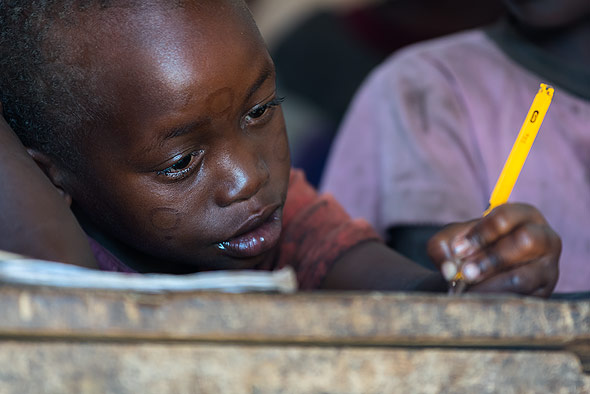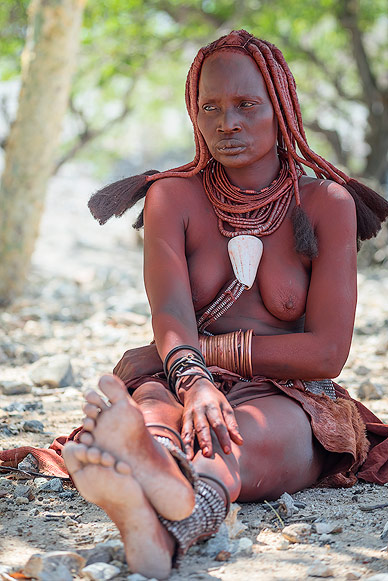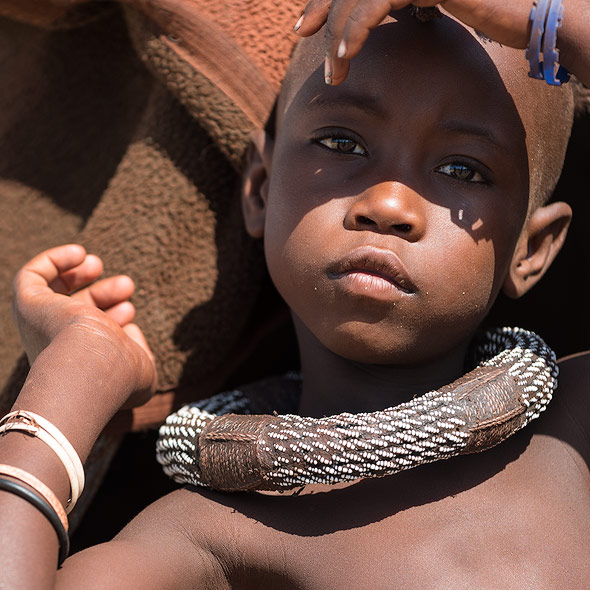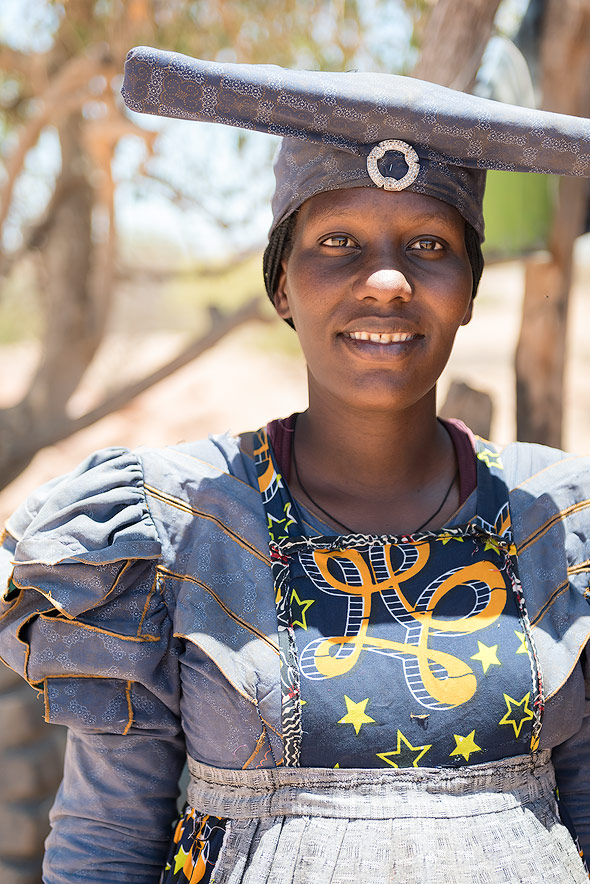Menschen & Kulturen
Afrika ist eine Fundgrube/Schatz an Kultur und Vielfalt. Jede mit einzigartiger Schönheit, diese exquisiten Kulturen und Menschen halten die Geschichte und Abstammung Afrikas am Leben.
Maasai Tribe
There are an estimated one million Maasai living in Kenya and Tanzania. They are perhaps one of the best known people of Africa due to the facts that they have a very interesting culture and that they live near many of Africa's most popular tourist attractions like the Serengeti, Massai Mara, Ngorongoro, Amboseli, and Tarangire game reserves. The Maasai are predominantly warriors whose live revolve around their cattle and herding them to lush, fresh vegetation.
Maasai Culture Facts
- The Maasai believe God has given them all the cattle in the world. This makes cattle rustling a matter of taking back what belongs to them.
- The Maasai have a patriarchal society. The important matters of each group is decided by elder men.
- The Maasai believe in one god named Enkai or Engai. He has a duel nature; one called Engai Narok (Black God) who is benevolent, and the other Engai Nanyokie (Red God) who is vengeful. The Maasai tribe speaks Maa and are also schooled in English and Swahili (the official languages of Tanzania and Kenya).
- The piercing and stretching of earlobes is a common practice of the Maasai.
- Many Maasai have become Christian, and a fewer amount have become Muslim.
- There is an extensive oral law that covers many aspects of Maasai behavior.
Interesting Maasai Facts
- Cattle play an important role in Maasai life. It is their primary source of food.
- A man’s wealth is measured in terms of cattle he owns and children he has.
- The Maasai are semi-nomadic which is a result of their raising cattle and the need to find new grazing land.
- Maasai families live in an enclosure called a Enkang which typically contains ten to twenty small huts.
- Maasai huts are very small, with usually only one or two rooms and not high enough for these tall people to stand.
- Traditionally these people of Africa do not bury their dead. Burials are believed to harm the soil and is reserved only for some chiefs. Most dead bodies are simply left outside for scavengers.
- In the mid 1800’s the Maasai territory reached its greatest size. It covered almost all of the great rift valley and several other adjacent lands.
Himba Tribe
The Himba are semi-nomadic indigenous people living mainly in Damaraland region in Northern Namibia. They managed to avoid too much outside influence and preserve the traditional lifestyle.
The Himba village that we visited was more of a family farm. We understood that every ‘village’ is actually just one family’s home, and since the Himbas are semi-nomadic, they move and build new ‘villages’ every time. The Himba clans are led by the eldest man, sons live with their father’s family and the daughters move to live with their husband when they get married.
The Himba village itself was not more than a collection of tiny mud huts, a fire place in the middle where everyone seemed to be hanging around the whole day, and a small fenced area for the goats and the chicken. We were told that they had more cattle a bit further away, but we didn’t see it. That’s pretty much all they have, and all that counts.
Herero Tribe
Largely residing in Namibia and parts of Botswana and Angola, the Herero are one of the most uniquely fascinating tribes in Southern Africa. They are divided into many subgroups including the Tjimba, Himba, Macubal, Mbanderu, Kwandu, Zemba, Hakawona and Tjavikwa.
With their main occupation being pastoralists, the Herero apparently migrated to Namibia from the great lakes of East Africa somewhere between the 17th and 18th century. They were later on joined by the Nama tribe from South Africa at the beginning of the 19th century, however, there were hostilities and armed confrontations between the two tribes due to territorial issues which lasted almost throughout that century. They later settled their differences.
During the German colonial rule, the Herero and Nama tribes rebelled against them. In January 1904, members of the Herero tribe revolted against the invading Germans, which led to the “Battle of Waterberg.” However, the Germans won and drove the Herero to the Namib desert where most of them died of starvation and dehydration. The Nama also met the same fate for revolting in what is widely seen as the first genocide of the 20th century. Survivors of the massacre were segregated and forced to do hard labour. Germany announced plans some years ago to officially apologize for this atrocious massacre committed by its colonial troops.
Bushmen – San People
The San tribe, one of the most intriguing people in this world, are the region's earliest inhabitants (it is estimated that they have been living here for the last 30,000+ years) and are still settled in many parts of Southern Africa. The San people are the first people of Africa. This means the San are descendants of the first people who ever lived here, before black or white people migrated into the African region.
Archaeologists and geneticists agree, that the San are the descendants of the original Homo sapiens groupings, who occupied Southern Africa, for at least 150'000 years. According to genetic studies and the geneticists: That one of the oldest gene patterns found in some modern humans, is that of the Khoe-San, and it dates back around 80'0000 years.
In the early 1980s, diamonds were discovered in the reserve. Soon after, government ministers went into the reserve to tell the Bushmen living there that they would have to leave because of the diamond finds. In three big clearances, in 1997, 2002 and 2005, virtually all the Bushmen were forced out. Their homes were dismantled, their school and health post were closed, their water supply was destroyed and the people were threatened and trucked away. Those who have not returned to the reserve now live in resettlement camps outside the reserve. Rarely able to hunt, and arrested and beaten when they do, they are dependent on government handouts. Many are now gripped by alcoholism, depression, and illnesses such as TB and HIV/AIDS.
San Superstitions and Sayings
- When the termites begin to strengthening the points of the termite mounts: The rains will come early and it will rain hard. Soon after the flying termites will appear, and it is time to feast. (“flying ants” / termites is a once a year delicacy to the San).
- Seeing a meteorite in the night sky: The Mother Moon is shedding a tear, for a hard day will come soon for one of the San.
- Honey Guide Bird: Always leave some of the young bee honey comb for it, other-wise it will not show you the way again.
- Praying Mantis: Placing a mantis on the fore-head of a boy child at birth, will bring him luck in hunting.
- Do not make a camp fire near rhino, for it might charge through it at night, looking for his stolen fire.
- Killing a mantis brings bad luck.
- A hunter with a loud voice will sleep hungry at night.











